Guides
How to Clean Toilet With Baking Soda and Vinegar
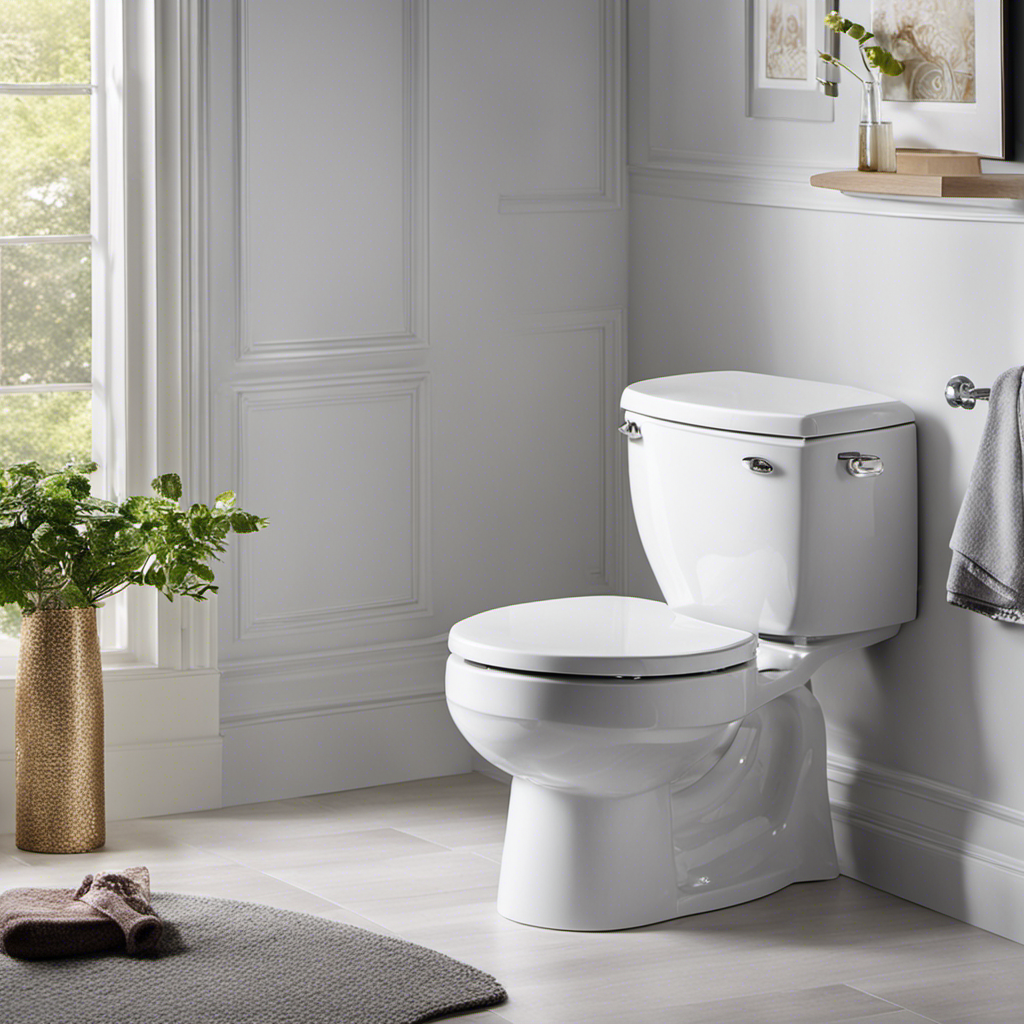
I’ve discovered a simple and effective way to clean my toilet using just baking soda and vinegar. It’s a game-changer! This dynamic duo not only tackles tough stains, but also eliminates odors and leaves my bathroom sparkling clean.
In this article, I’ll guide you through the step-by-step process of using baking soda and vinegar to achieve a pristine toilet. Get ready to say goodbye to harsh chemicals and hello to an eco-friendly cleaning method that really works.
Key Takeaways
- Baking soda and vinegar offer a natural and effective alternative to chemical cleaners.
- They create a powerful cleaning solution that is safe for the environment.
- Using baking soda and vinegar is cost-effective and saves money on cleaning products.
- Regular maintenance with baking soda and vinegar helps maintain a clean and odor-free toilet.
Benefits of Using Baking Soda and Vinegar
Using baking soda and vinegar to clean your toilet has several benefits that you should know about.
These versatile ingredients, commonly found in every household, offer a natural and effective alternative to chemical-based cleaners.
Baking soda, with its mild abrasive properties, helps remove stubborn stains and eliminates odors, leaving your toilet fresh and clean.
Vinegar, on the other hand, acts as a disinfectant, killing bacteria and germs that may be present in the toilet bowl.
Together, baking soda and vinegar create a powerful cleaning solution that is safe for the environment and your health.
Additionally, using these ingredients is cost-effective, saving you money on expensive cleaning products.
Necessary Supplies for Cleaning the Toilet
To get started, you’ll need a few supplies for this method of toilet cleaning. Here are the necessary supplies you will need:
| Supplies | Description |
|---|---|
| Baking soda | Acts as a natural abrasive and deodorizer |
| White vinegar | Breaks down mineral deposits and disinfects |
| Rubber gloves | Protects your hands from cleaning agents |
| Spray bottle | For mixing and applying the cleaning solution |
| Microfiber cloth | Used for wiping and polishing surfaces |
Using baking soda and vinegar as toilet bowl cleaners is a great alternative to traditional toilet brushes. Not only are they effective in removing stains and odors, but they are also safe and eco-friendly. By using these homemade cleaners, you can avoid the harsh chemicals found in many commercial products. Now that you have your supplies ready, let’s move on to the step-by-step guide to cleaning the toilet with baking soda and vinegar.
Transition: Now that you have your supplies ready, let’s move on to the step-by-step guide to cleaning the toilet with baking soda and vinegar.
Step-By-Step Guide to Cleaning the Toilet With Baking Soda and Vinegar
Now that you have all the necessary supplies, you’re ready to start cleaning your toilet with baking soda and vinegar. Here is a step-by-step guide to help you get started:
-
Sprinkle baking soda around the inside of the toilet bowl. Make sure to cover all areas, including under the rim.
-
Let the baking soda sit for a few minutes to work its magic on any stains or odors.
-
Pour vinegar into the toilet bowl, allowing it to mix with the baking soda. The combination will create a foaming reaction that helps break down grime and bacteria.
-
Use a toilet brush to scrub the bowl, making sure to reach under the rim and into all the crevices.
These toilet cleaning techniques using baking soda and vinegar are effective and eco-friendly alternatives to harsh chemical cleaners. Give it a try and enjoy a sparkling clean toilet!
Tips and Tricks for Effective Toilet Cleaning
For a quick and effective clean, try using a mixture of household ingredients like baking soda and vinegar. These natural toilet cleaning solutions are not only safe and non-toxic, but they also help to remove stubborn stains and eliminate odors.
Here are some toilet cleaning hacks that I swear by:
- Sprinkle baking soda around the inside of the toilet bowl.
- Pour vinegar over the baking soda and let it fizz for a few minutes.
- Scrub the bowl with a toilet brush and flush.
This simple method works wonders, leaving your toilet sparkling clean and fresh. No need for harsh chemicals or expensive cleaning products. Give it a try and see the difference it makes. You’ll never go back to your old cleaning routine.
Cleaning the toilet has never been easier or more satisfying!
Maintenance and Preventive Measures to Keep Your Toilet Clean
Using a mixture of household ingredients like baking soda and vinegar can help maintain a clean and odor-free toilet. Here are some maintenance and preventive measures to keep your toilet clean:
-
Regular Cleaning: Clean your toilet bowl at least once a week to prevent buildup of dirt and stains.
-
Vinegar Soak: Pour a cup of vinegar into the toilet bowl and let it sit for a few hours or overnight to remove stubborn stains and odors.
-
Baking Soda Scrub: Sprinkle baking soda on a toilet brush and scrub the bowl to remove grime and stains.
-
Lemon Freshness: Cut a lemon in half and rub it on the toilet bowl to leave a fresh citrus scent and help remove stains.
Frequently Asked Questions
Can I Use Baking Powder Instead of Baking Soda for Cleaning the Toilet?
No, baking powder cannot be used as a substitute for baking soda when cleaning the toilet. Baking soda has specific benefits for cleaning, such as its ability to deodorize and remove stains effectively.
Is It Safe to Mix Baking Soda and Vinegar Together in a Toilet Bowl?
Mixing baking soda and vinegar together in a toilet bowl is safe and effective. The reaction helps break down stains and eliminate odors. It’s a natural alternative to chemical cleaners and leaves your toilet clean and fresh.
Can I Use Lemon Juice Instead of Vinegar for Cleaning the Toilet?
Yes, you can use lemon juice instead of vinegar for cleaning the toilet. Lemon juice has similar cleaning properties as vinegar and also leaves a fresh scent. It’s a great alternative with added benefits like natural disinfection and stain removal.
How Often Should I Clean My Toilet With Baking Soda and Vinegar?
I clean my toilet with baking soda and vinegar every week. It’s an effective and natural way to keep it clean and fresh. The benefits include removing stains, eliminating odors, and preventing the growth of bacteria.
Are There Any Alternative Methods for Cleaning the Toilet Without Using Baking Soda and Vinegar?
There are alternative toilet cleaning methods that don’t require baking soda and vinegar. Some natural solutions include using lemon juice, hydrogen peroxide, or a mixture of borax and water.
Conclusion
In conclusion, using baking soda and vinegar to clean your toilet is a game-changer. The combination of these two household ingredients is not only effective but also affordable and eco-friendly.
By following the step-by-step guide and implementing the tips and tricks mentioned, you can easily maintain a sparkling clean toilet. Don’t forget to regularly clean and take preventive measures to avoid any unpleasant surprises.
So say goodbye to harsh chemicals and hello to a fresh and pristine toilet, all thanks to the power of baking soda and vinegar.
Mateo’s flair for writing is matched only by his keen eye for design. As an interior designer turned writer, Mateo brings a unique perspective. He blends aesthetics with functionality in every piece he pens, providing readers with beautifully crafted content that’s also supremely useful.
Mateo loves exploring the latest bathroom tech trends and is our expert on smart toilets. When he’s not writing or designing, Mateo can be found sketching ideas for his next big project at local coffee shops.
Guides
Why Can’t You Flush Toilet Paper in Turkey

Have you ever questioned why it’s not possible to flush toilet paper in Turkey? Well, get ready because we’re going to dive into the distinct plumbing system, environmental issues, and cultural practices that contribute to this interesting bathroom custom.
Join us as we uncover the practical alternatives for disposing of toilet paper and explore the fascinating reasons behind this age-old question.
Get ready to dive deep into the world of Turkish sanitation and discover a whole new level of bathroom etiquette.
Key Takeaways
- Turkish plumbing system cannot handle flushing toilet paper due to narrower and more prone to clogging pipes.
- Disposing of toilet paper in a separate bin helps maintain a clean and sanitary environment, minimizing strain on waste management infrastructure.
- Aging sewer systems in Turkey contribute to the ban on flushing toilet paper, as flushing can cause blockages and backups.
- Understanding cultural norms and historical roots is important in explaining the practice of not flushing toilet paper in Turkey.
Unique Plumbing Infrastructure
In Turkey, the unique plumbing infrastructure necessitates that we refrain from flushing toilet paper. This may seem unusual to those accustomed to the convenience of flushing away used toilet paper, but it’s a necessary practice in Turkey.
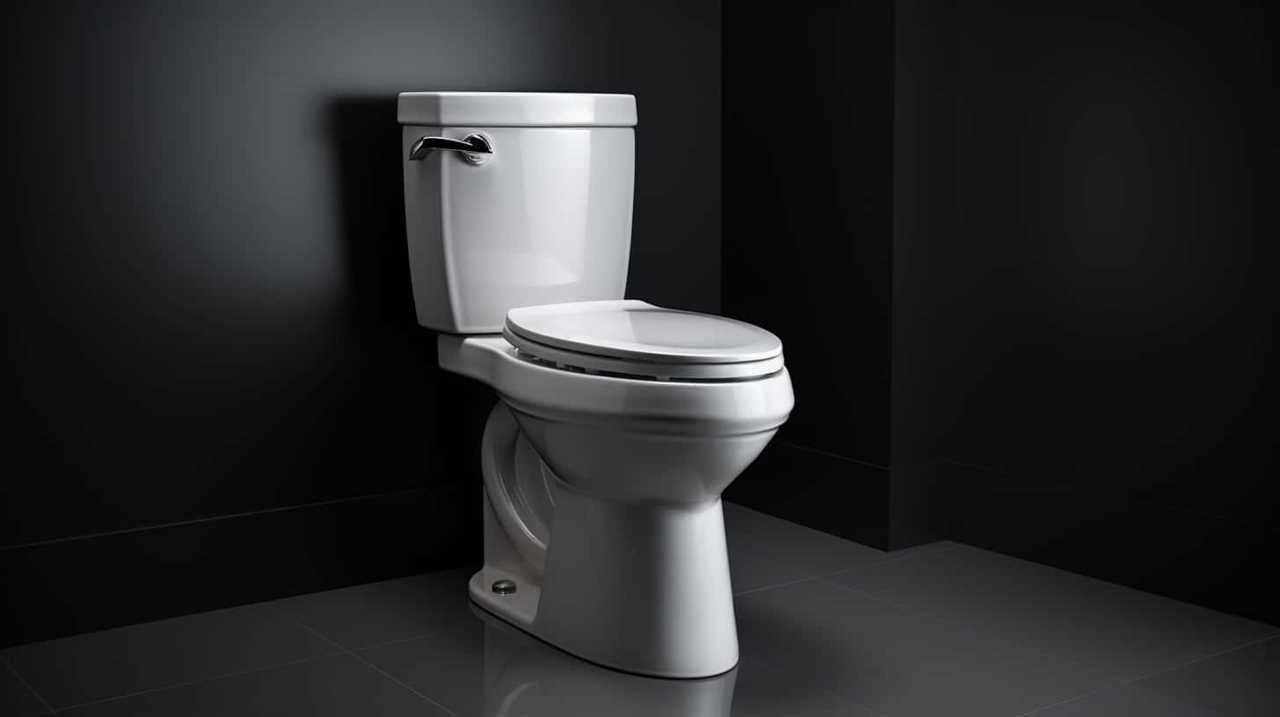
The reason behind this restriction lies in the country’s plumbing system, which isn’t designed to handle the disposal of toilet paper. The pipes in Turkey are narrower and more susceptible to clogging, and flushing toilet paper can lead to blockages and backups.
In the past, this issue was exacerbated by a toilet paper shortage, which further emphasized the need to find alternative solutions. However, with the advancements in technology and the availability of better toilet paper alternatives, such as wet wipes and bidets, the inconvenience of not being able to flush toilet paper has been mitigated to some extent.
Environmental Concerns
Additionally, we should consider the environmental concerns related to not being able to flush toilet paper in Turkey.
Waste management regulations play a significant role in this issue. When toilet paper is flushed, it can cause blockages in the sewage system, leading to costly repairs and maintenance.

By not flushing toilet paper, Turkey is able to minimize the strain on their waste management infrastructure, ensuring that it operates efficiently and effectively.
Furthermore, public health concerns also come into play. Flushing toilet paper can contribute to the spread of bacteria, viruses, and other harmful pathogens, posing a risk to public health.
By disposing of toilet paper in a separate bin, Turkey is able to mitigate this risk and maintain a clean and sanitary environment.
Aging Sewer Systems
As we delve into the issue of ‘Aging Sewer Systems’, it’s important to consider the impact of outdated infrastructure on the inability to flush toilet paper in Turkey. The aging sewer systems in the country face maintenance issues that contribute to this problem.
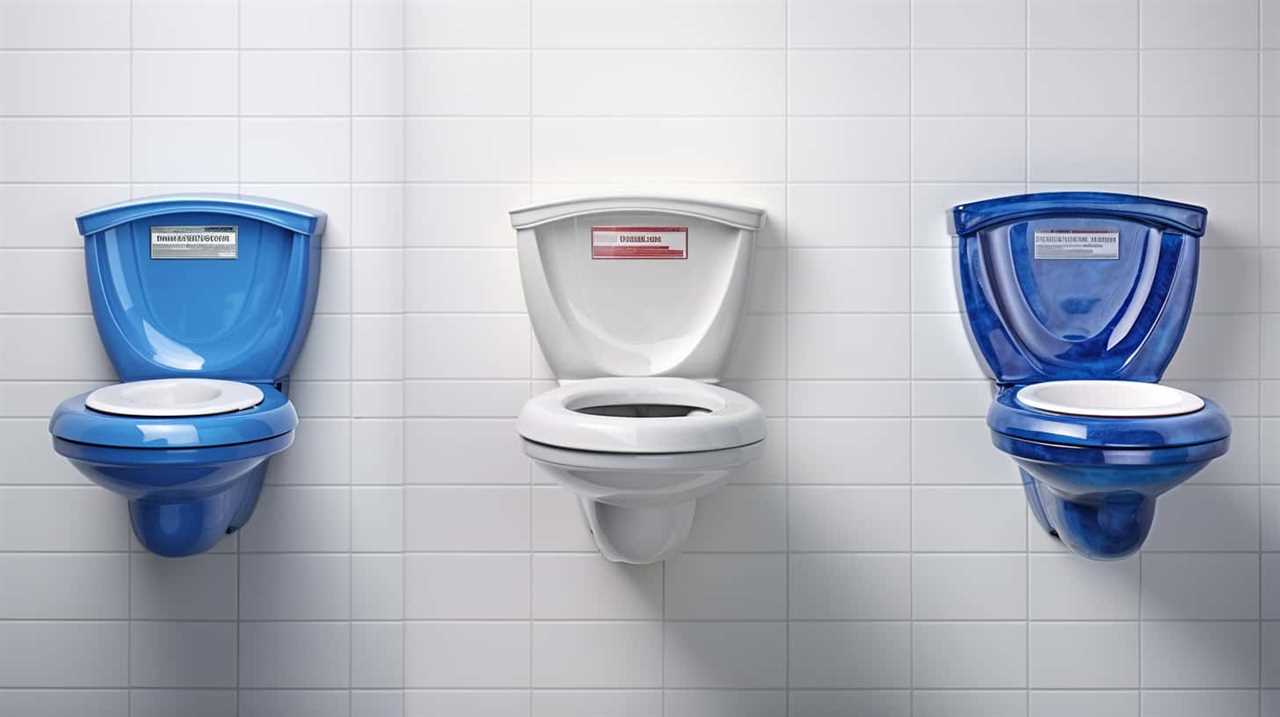
Over time, these systems deteriorate and become less effective in handling waste and transporting it to treatment plants. As a result, flushing toilet paper can cause blockages and backups in the sewer pipes. This not only creates inconveniences for individuals, but also poses a significant impact on public health.
The accumulation of waste in the sewer system can lead to the spread of diseases and contamination of water sources. Therefore, addressing the maintenance and modernization of aging sewer systems is crucial in ensuring the overall well-being of the population.
Cultural Norms and Hygiene Practices
To understand the reason behind the inability to flush toilet paper in Turkey, it’s important to explore the cultural norms and hygiene practices of the country.
In Turkey, there’s a social stigma associated with throwing toilet paper into the toilet. This belief has its historical roots, as older sewer systems weren’t designed to handle toilet paper and could easily get clogged. As a result, the practice of disposing toilet paper in a separate bin next to the toilet became the norm. This cultural norm and hygiene practice has been passed down through generations.

Understanding these cultural norms and historical roots is crucial in comprehending why flushing toilet paper isn’t a common practice in Turkey.
Now, let’s explore the practical alternatives for disposing toilet paper.
Practical Alternatives for Disposing Toilet Paper
Now, let’s explore our practical alternatives for disposing of toilet paper.
One option is to use reusable cloth instead of toilet paper. This involves using a piece of soft cloth to clean yourself after using the toilet, which can then be washed and reused. Reusable cloth is a more sustainable option as it reduces waste and eliminates the need for toilet paper.
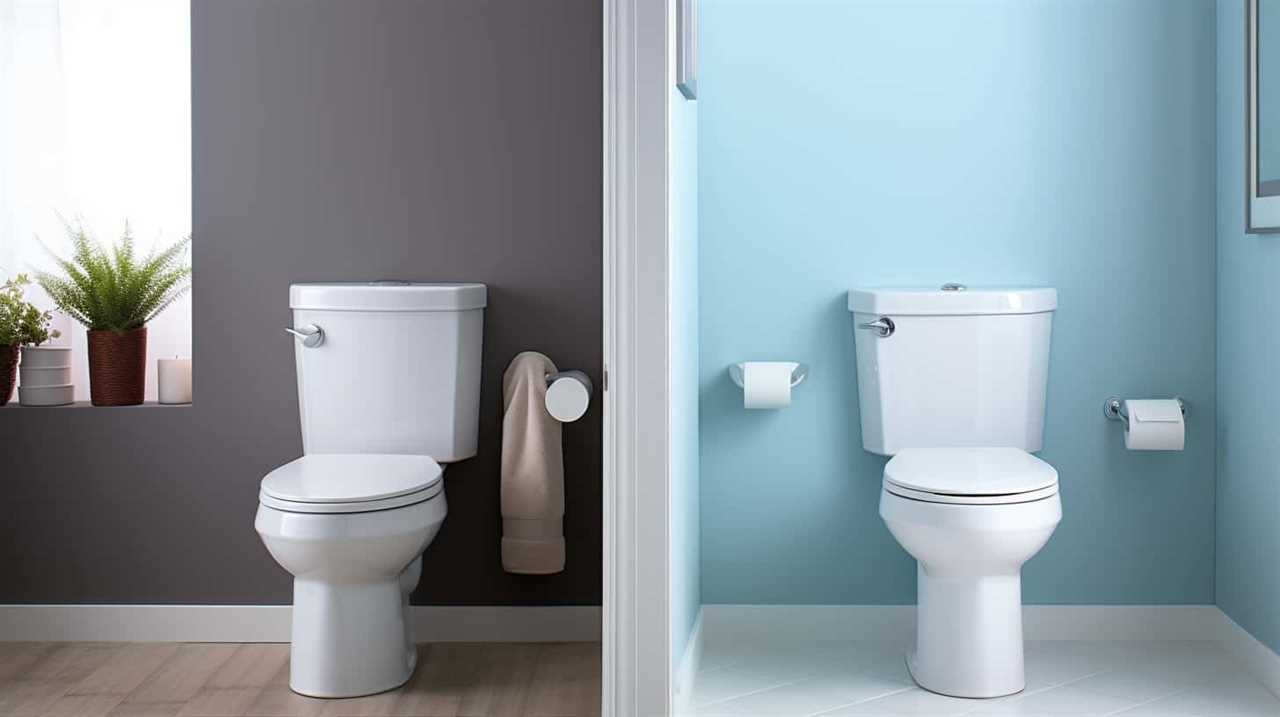
Another alternative is to use a bidet attachment. A bidet attachment is a device that can be installed on your toilet and sprays water to clean your bottom. This eliminates the need for toilet paper altogether. Bidet attachments are becoming increasingly popular due to their hygienic and eco-friendly nature.
Both reusable cloth and bidet attachments provide practical alternatives for disposing of toilet paper, reducing waste, and promoting sustainability.
Frequently Asked Questions
Are There Any Health Risks Associated With Not Being Able to Flush Toilet Paper in Turkey?
There are potential health implications and an environmental impact associated with not being able to flush toilet paper in Turkey. It’s important to properly dispose of it to prevent clogged pipes and maintain sanitation.
How Do Turkish People Dispose of Their Toilet Paper if They Can’t Flush It?
We can’t flush toilet paper in Turkey. Turkish people use alternative solutions like trash bins to dispose of it. This practice reduces environmental impact and prevents plumbing issues.
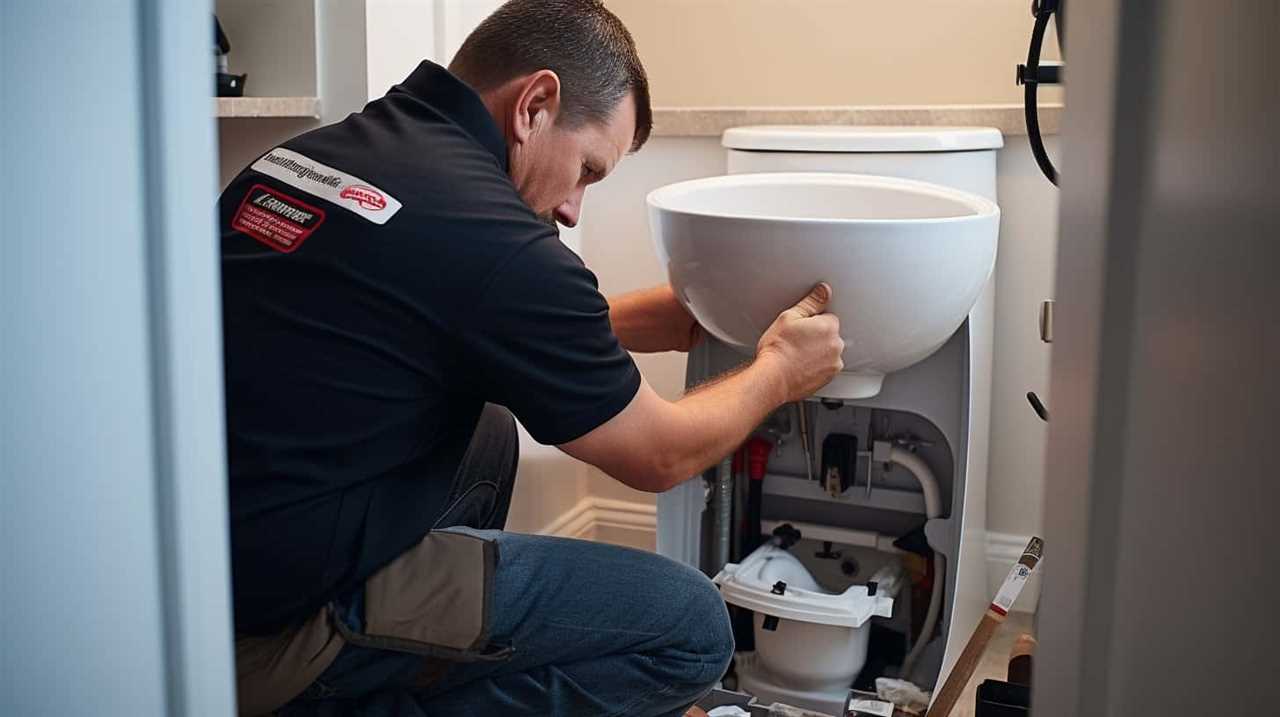
Are There Any Specific Regulations or Laws in Place Regarding the Disposal of Toilet Paper in Turkey?
There are regulations in place regarding toilet paper disposal in Turkey. Due to concerns about environmental impact, alternative methods are used. Flushing toilet paper can lead to plumbing issues, so it is important to follow the guidelines.
Are There Any Exceptions or Special Circumstances Where It Is Allowed to Flush Toilet Paper in Turkey?
In certain cases, such as when toilet paper alternatives are used, it may be allowed to flush toilet paper in Turkey. However, this can still have a negative impact on sewage systems.
Is the Inability to Flush Toilet Paper a Common Issue Only in Turkey or Are There Other Countries With Similar Restrictions?
In many countries, flushing toilet paper is common, but cultural differences can lead to restrictions. For example, in Turkey, it’s not allowed due to older plumbing systems and the environmental impact.
Conclusion
So, there you have it. In Turkey, the simple act of flushing toilet paper is a no-go.
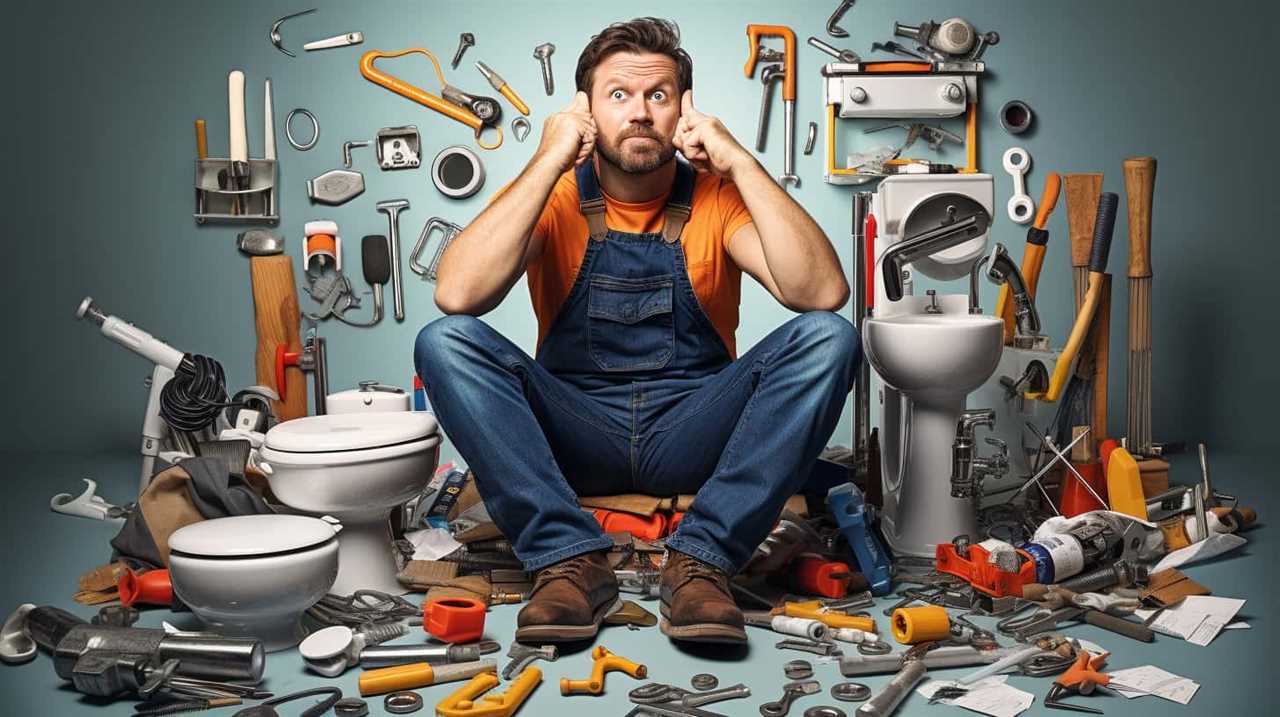
It’s a unique plumbing infrastructure combined with environmental concerns, aging sewer systems, and cultural norms that have led to this peculiar practice.
But fear not, dear traveler, for there are practical alternatives available.
Just remember, when in Turkey, do as the Turks do, and dispose of your toilet paper in the bin provided.
Happy flushing!

With an impeccable eye for detail and a passion for bathroom-related, Ava leads our editorial team gracefully and precisely.
Under her guidance, Best Modern Toilet has flourished as the go-to resource for modern bathroom enthusiasts. In her free time, you might find Ava exploring antique shops and looking for vintage bathroom fixtures to add to her collection.
Guides
How Can I Make My Dogs Poop Break Down Faster
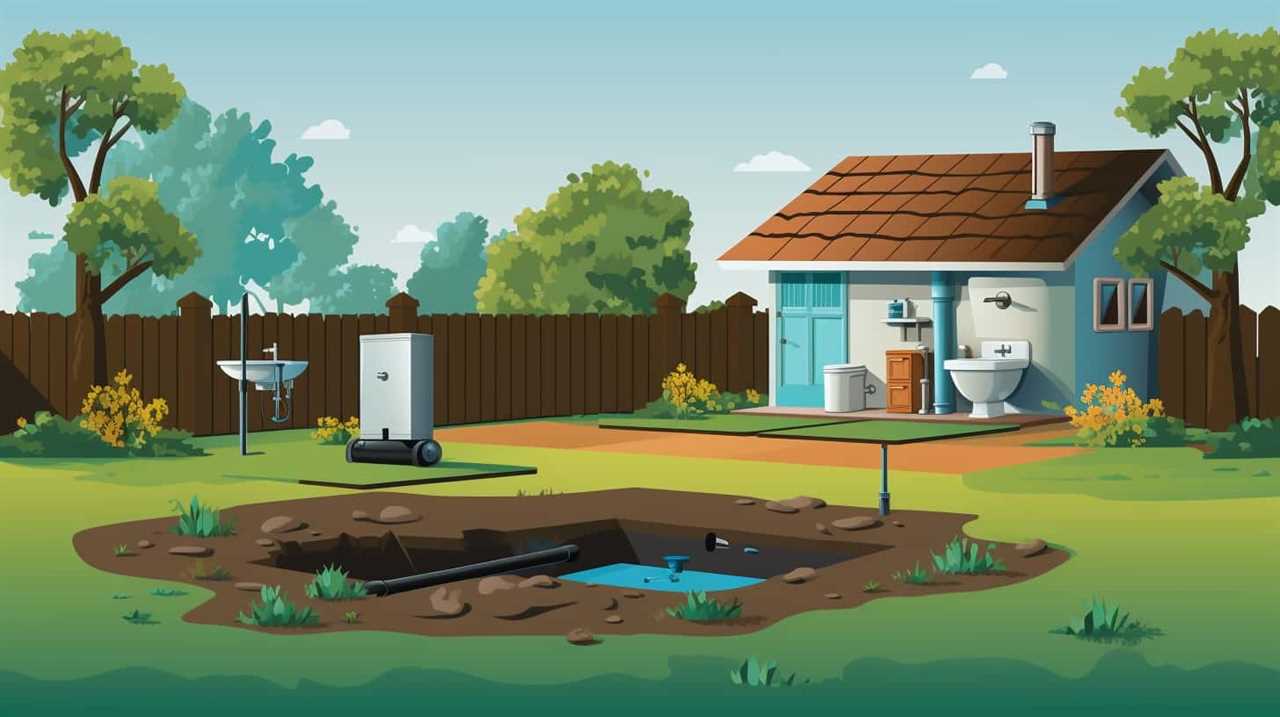
Are you aware that the average dog generates around 275 pounds of feces annually?
Finding ways to make this waste break down faster is essential for maintaining a clean and healthy environment. In this article, we will explore effective methods to speed up the decomposition of your dog’s poop.
By selecting the right diet, providing ample water, utilizing natural additives, and implementing proper yard maintenance techniques, you can ensure that your furry friend’s waste is disposed of more efficiently.
Key Takeaways
- A balanced and nutritious diet is crucial for proper digestion and faster breakdown of dog’s poop.
- Providing plenty of fresh water and encouraging hydration aids in digestion and regular bowel movements.
- Natural additives, such as enzymes, can speed up the decomposition of dog waste and make it easier to break down.
- Regularly cleaning and aerating the yard, along with considering composting methods, can effectively manage and repurpose dog waste.
Choose the Right Diet for Your Dog
To ensure optimal digestion and faster breakdown of your dogs’ poop, we should focus on choosing the right diet for them.
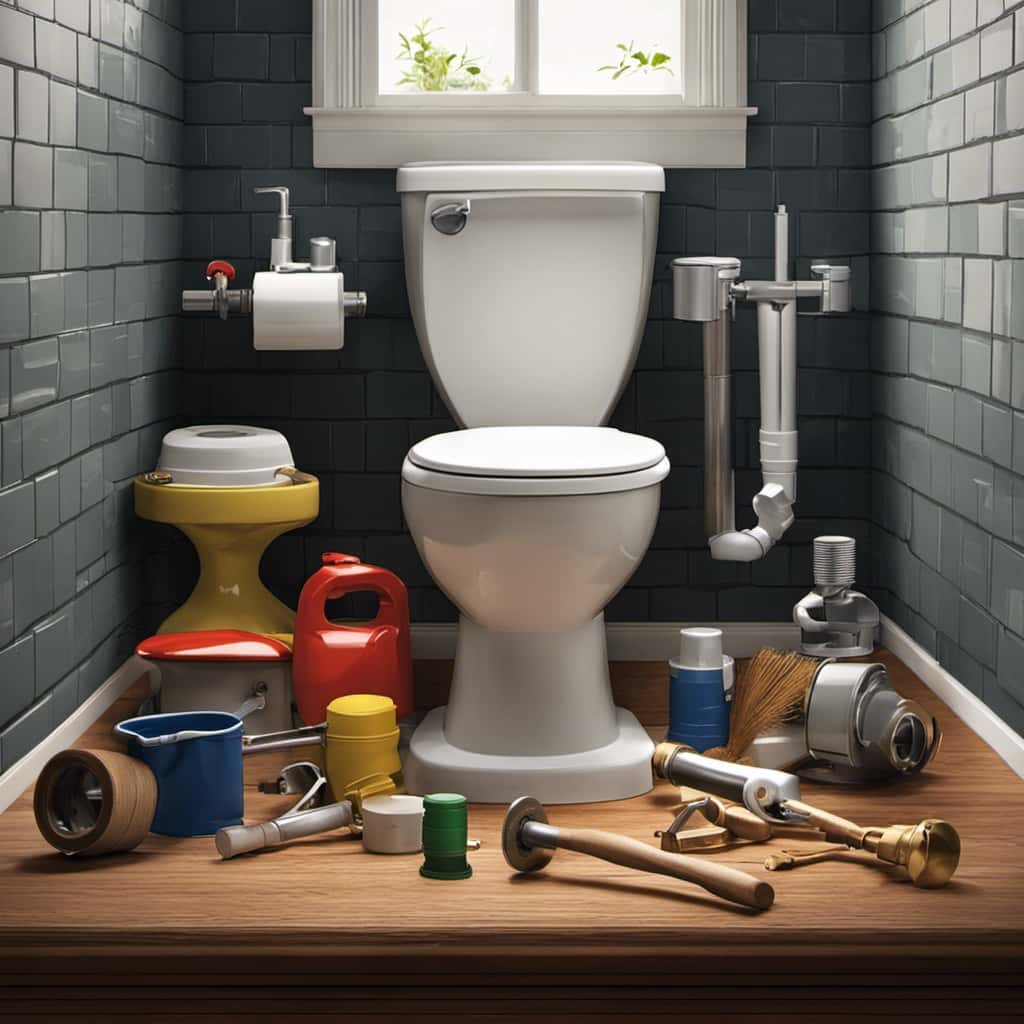
Dog nutrition plays a crucial role in their overall health and the quality of their poop. A balanced and nutritious diet is essential for proper digestion and nutrient absorption.
When selecting food for your dog, it’s important to consider their specific dietary needs based on factors such as age, breed, and activity level. High-quality dog food that contains a proper balance of proteins, carbohydrates, fats, vitamins, and minerals is recommended.
Additionally, dietary supplements can be beneficial in supporting your dog’s digestion and overall well-being. Consult with your veterinarian to determine which supplements are appropriate for your dog’s specific needs.
Remember that a well-balanced diet is key to ensuring optimal digestion and a faster breakdown of your dogs’ poop.
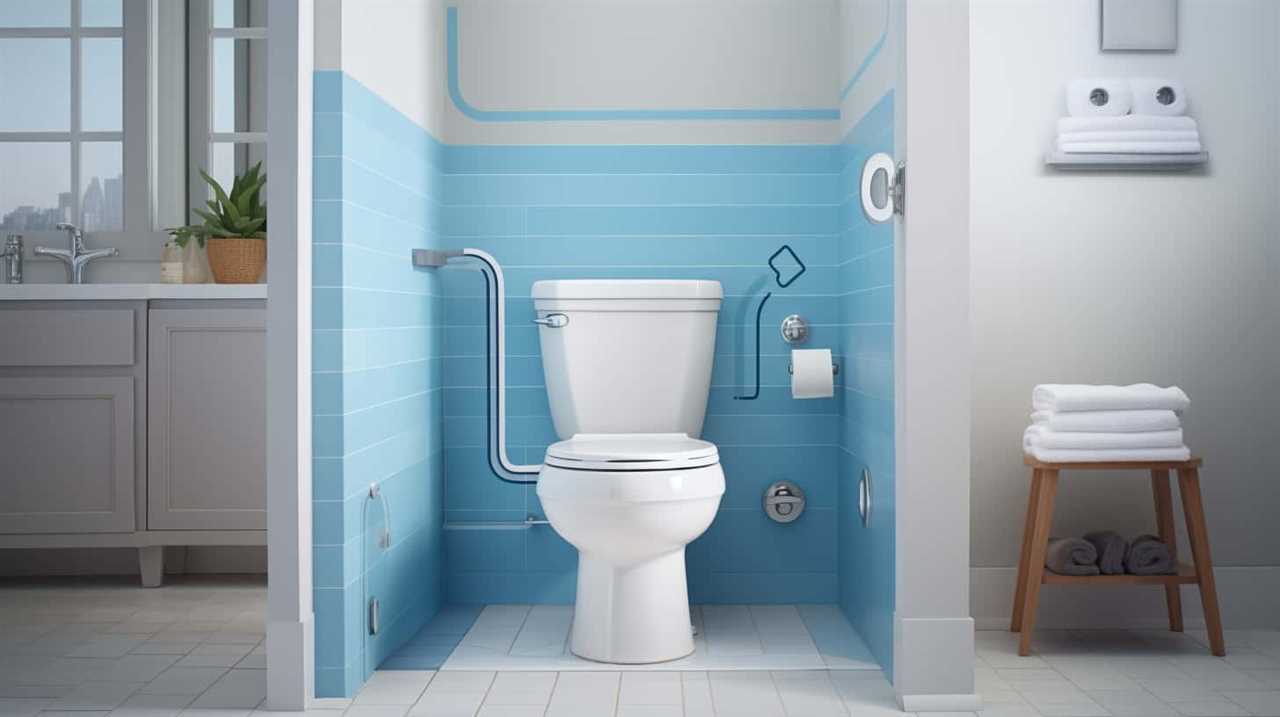
Provide Plenty of Water for Digestion
We should ensure that we provide an ample amount of water for our dogs’ digestion to promote optimal breakdown of their poop. Water plays a crucial role in promoting healthy gut bacteria and aiding in the digestion process.
Here are some key points to consider when providing water for your dog:
- Hydration: Make sure your dog has access to fresh, clean water at all times.
- Daily intake: Monitor your dog’s water intake and ensure they’re drinking enough to stay properly hydrated.
- Mealtime: Encourage your dog to drink water before and after meals to aid in the digestion process.
- Exercise routine: Incorporate a proper exercise routine to promote healthy digestion and encourage regular bowel movements.
Utilize Natural Additives to Speed up Decomposition
For faster decomposition of your dogs’ poop, incorporating natural additives into their diet is an effective approach. Using enzymes, bacteria, and microorganisms to aid decomposition can help break down the waste more quickly and efficiently.
Enzymes, such as cellulase and protease, can break down the complex organic compounds in the feces, making it easier for bacteria and microorganisms to decompose them. These natural additives can be found in certain pet foods or can be added as supplements to their diet.
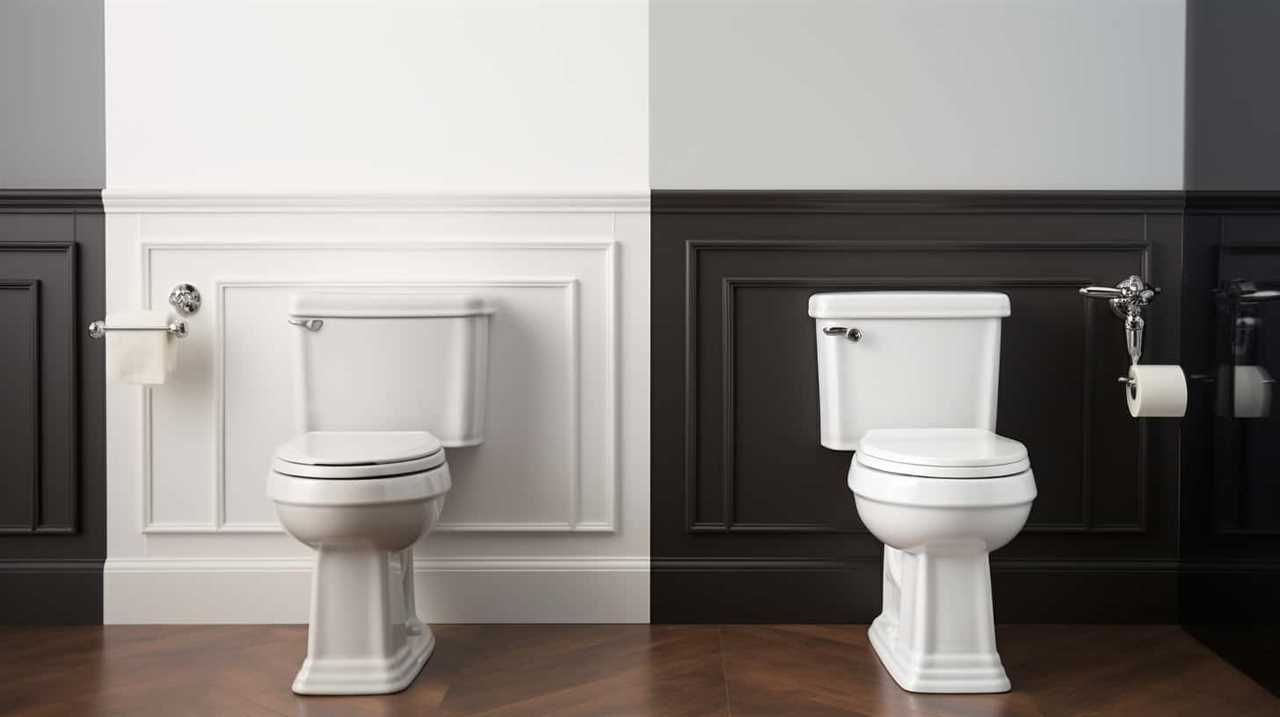
Additionally, the benefits of adding organic matter to the soil shouldn’t be overlooked. When the decomposed waste is used as fertilizer, it enriches the soil with nutrients, improves its structure, and promotes healthy plant growth.
Regularly Clean and Aerate Your Yard
Cleaning and aerating our yard regularly is essential for ensuring the efficient breakdown of our dogs’ poop. Proper lawn maintenance and pet waste management are crucial for maintaining a healthy and hygienic outdoor space.
Here are some key practices to follow:
- Remove any visible pet waste from the yard using a poop scoop or disposable bags.
- Regularly hose down the area where the waste was located to dilute any remaining residue.
- Aerate the soil by using a garden fork or aerator to create small holes. This allows for better oxygen flow and promotes the breakdown of organic matter.
- Consider using a natural enzymatic cleaner specifically designed for pet waste to further break down and eliminate any lingering odors.
Consider Using Composting Methods for Dog Waste
To enhance the breakdown process of our dogs’ poop, considering composting methods is a viable option. Composting dog waste not only helps to reduce the amount of waste that ends up in landfills but also provides a sustainable way to repurpose it as fertilizer.
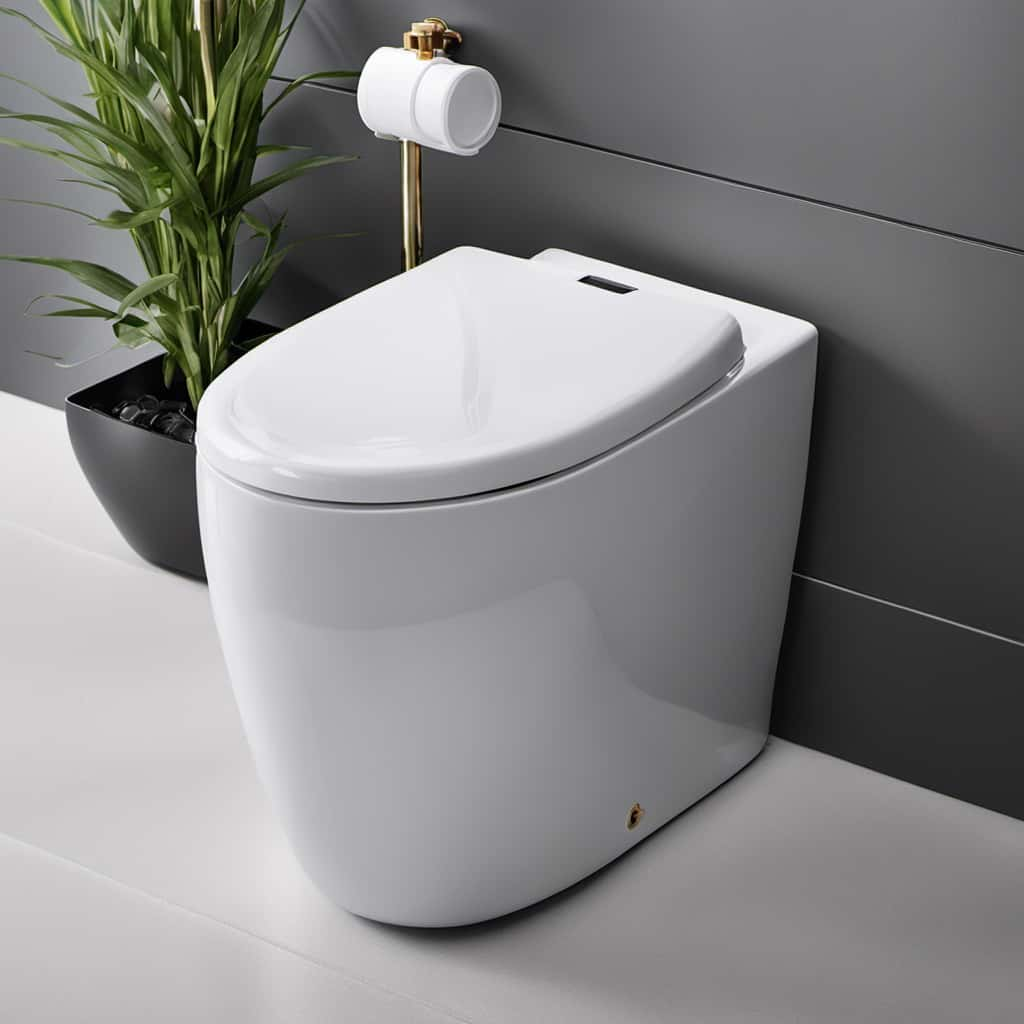
By creating a dog waste compost bin, you can effectively convert the waste into nutrient-rich compost that can be used in your garden or yard. To create a dog waste compost bin, choose a suitable location away from water sources and food crops.
Line the bin with a layer of straw or wood chips, and then add the dog waste, ensuring you mix it with other organic materials like grass clippings or leaves. Regularly turn the compost pile to provide oxygen and promote decomposition.
With time, the composting process will break down the dog waste, transforming it into a safe and natural fertilizer for your plants.
Frequently Asked Questions
How Often Should I Feed My Dog to Ensure Efficient Digestion and Quicker Poop Breakdown?
To ensure efficient digestion and quicker poop breakdown, we should consider the feeding frequency and types of dog food. By feeding our dogs the right amount of food at regular intervals, we promote proper digestion and help the poop break down faster.

Can I Use Artificial Additives or Enzymes to Speed up the Decomposition Process?
Yes, you can use artificial additives or natural enzymes to speed up poop breakdown. However, we recommend natural enzymes as they are safer and more effective, without the potential drawbacks of artificial additives.
Are There Any Specific Plants or Herbs That Can Aid in Breaking Down Dog Poop?
Specific plants or herbs that aid in breaking down dog poop naturally and speeding up decomposition include yarrow, comfrey, and horsetail. These natural remedies can help promote the breakdown of waste in an environmentally friendly way.
How Can I Prevent Odor and Flies in My Yard While Waiting for the Poop to Break Down?
To prevent odor and flies in our yard while waiting for poop to break down, we can use natural repellents and practice proper waste management. This will help maintain a clean and hygienic environment.
Is It Safe to Use Compost Made From Dog Waste on My Garden or Plants?
Using dog waste compost safely requires caution. Alternative methods for dog waste disposal include burying it in a designated area or using a dog waste collection service. These options minimize health risks and environmental impact.
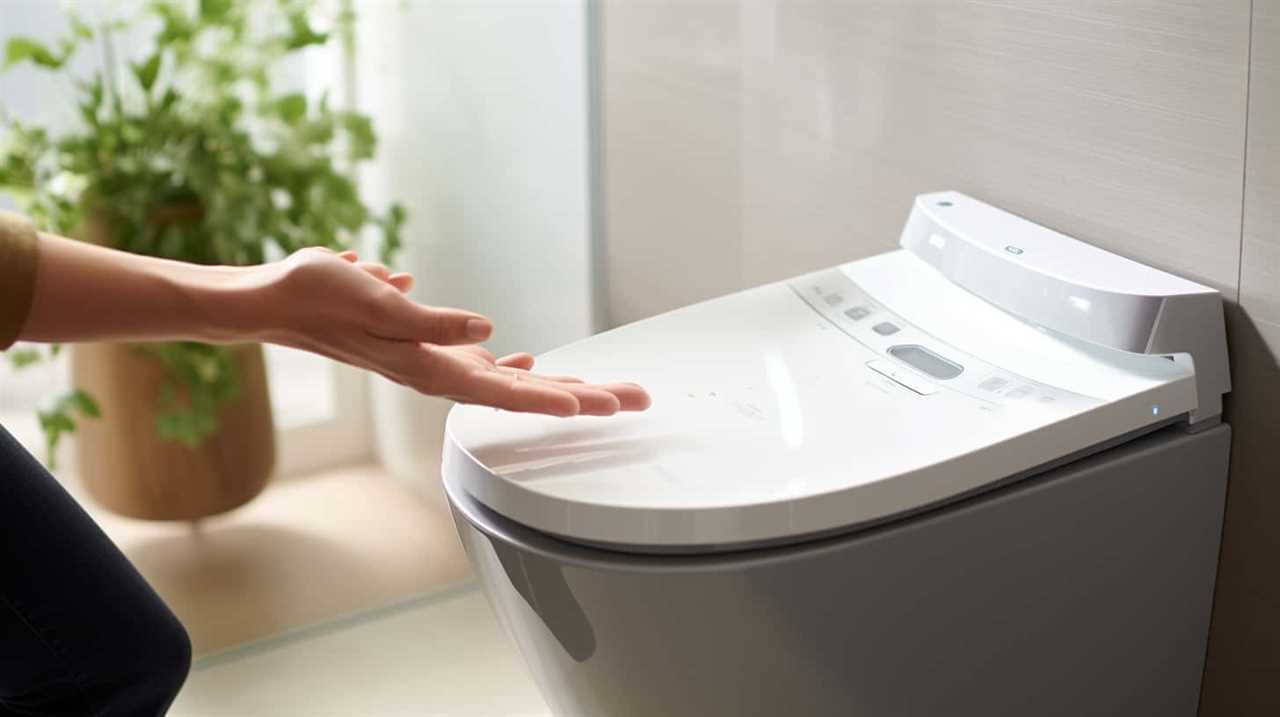
Conclusion
In conclusion, there are several ways to help speed up the decomposition of your dog’s poop:
- Choosing the right diet: Providing your dog with a balanced diet that is rich in fiber can help promote healthy digestion and make their waste easier to break down.
- Providing ample water: Keeping your dog hydrated is important for their overall health and can also help soften their poop, making it easier to decompose.
- Utilizing natural additives: Adding natural additives to your dog’s diet, such as pumpkin or probiotics, can help regulate their digestive system and promote efficient waste breakdown.
- Maintaining a clean yard: Regularly picking up your dog’s poop and keeping your yard clean can prevent the accumulation of waste, allowing for faster decomposition.
- Considering composting methods: If you have the space and resources, composting your dog’s waste can further aid in the breakdown process and help create nutrient-rich soil.
It’s important to prioritize the health and well-being of your furry friend, so consulting with a veterinarian for specific dietary and waste management recommendations is always recommended.
Together, we can create a cleaner and healthier environment for both our dogs and ourselves.
With an impeccable eye for detail and a passion for bathroom-related, Ava leads our editorial team gracefully and precisely.
Under her guidance, Best Modern Toilet has flourished as the go-to resource for modern bathroom enthusiasts. In her free time, you might find Ava exploring antique shops and looking for vintage bathroom fixtures to add to her collection.
Guides
Can You Flush the Toilet With a Bucket of Water

We’ve all experienced it – that dreaded moment when the toilet refuses to flush. Have no fear, we have a clever solution that could come to the rescue.
Wondering if you can flush the toilet with a bucket of water? The answer is yes!
In this article, we’ll show you the step-by-step process of how to effectively flush your toilet using a bucket of water.
So get ready to master this handy technique and never be caught without a working toilet again.

Key Takeaways
- Using a sturdy bucket with a capacity of 2-3 gallons is effective for flushing with a bucket of water.
- Access to a clean and reliable water source is necessary for utilizing alternative flushing methods.
- Removing the toilet tank lid is an important step in exploring water-saving potential and using alternative flushing methods.
- If the bucket of water method doesn’t work, a plunger can help remove clogs or blockages.
Gathering the Necessary Materials
To begin, we’ll gather the necessary materials for flushing the toilet with a bucket of water. When it comes to utilizing alternative water sources, having the right tools is crucial. Firstly, you’ll need a sturdy bucket with a capacity of at least 2-3 gallons to ensure an effective flush.
Additionally, it’s important to have access to a reliable water source, such as a nearby pond or rainwater collection system. Ensure that the water is clean and free from contaminants to avoid any potential health risks.
Troubleshooting common issues may arise, such as a weak flush or inadequate water volume. In such cases, check for any blockages in the toilet bowl or the water supply line. Adjusting the amount of water poured into the bowl may also resolve these issues.
Removing the Toilet Tank Lid
Now that we’ve gathered the necessary materials, let’s remove the toilet tank lid to continue the process of flushing the toilet with a bucket of water.

Removing the toilet tank lid is an important step in using alternative methods for flushing toilets and exploring the water-saving potential of bucket flushing.
To remove the lid, locate the two screws or bolts on the top of the tank. These are usually positioned at the back of the tank, near the wall.
Use a screwdriver or an adjustable wrench to loosen and remove the screws or bolts. Once they’re removed, carefully lift the lid off the tank and set it aside. Be cautious not to drop or damage the lid during this process.
With the lid removed, we’re now ready to proceed to the next step in the bucket flushing process.
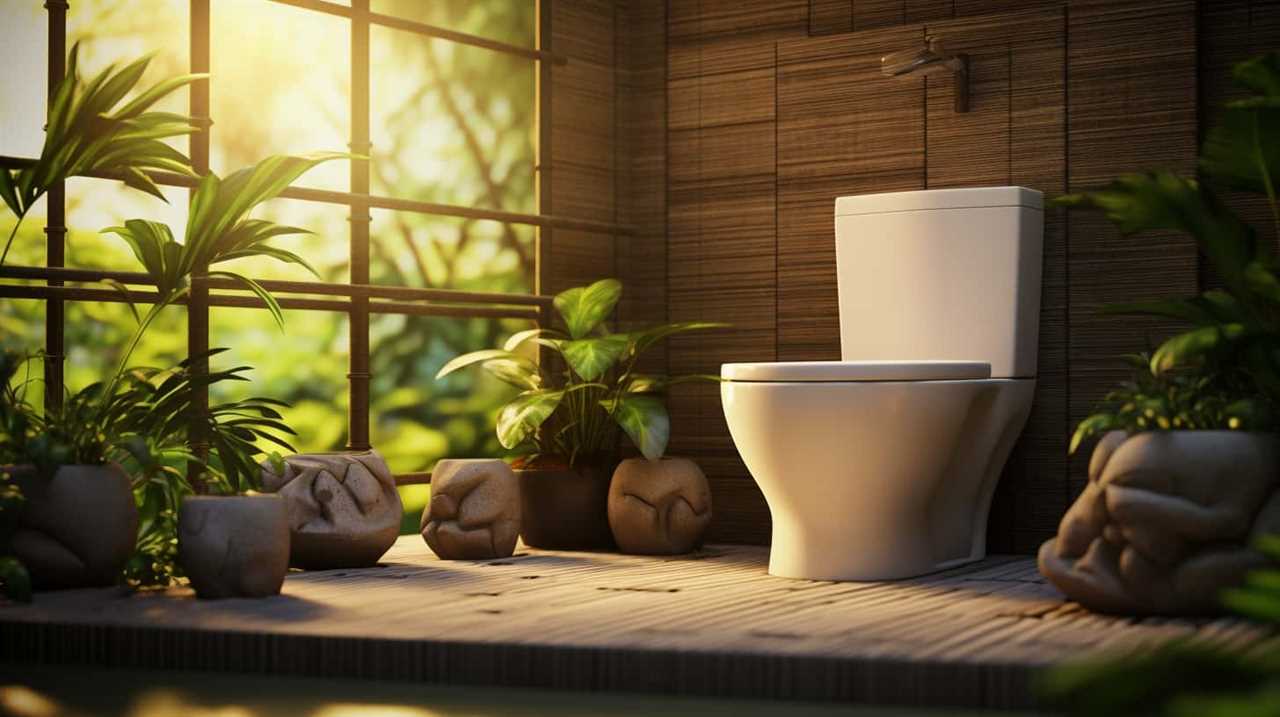
Pouring the Bucket of Water Into the Bowl
After removing the toilet tank lid, we can now proceed to pour the bucket of water into the bowl.
This alternative method of flushing toilets is an effective way to conserve water. By using a bucket of water, we can avoid using the traditional flushing mechanism, which typically requires a significant amount of water.
Pouring the water directly into the bowl creates enough force to flush away waste and maintain cleanliness. This method is especially useful in situations where water supply is limited or during periods of water scarcity.
It’s a simple yet practical solution that promotes water conservation. By exploring alternative ways to flush toilets, we can contribute to sustainable practices and reduce our environmental impact.

Using a Plunger if Necessary
If the bucket of water method doesn’t successfully flush the toilet, we can use a plunger to help remove any clogs or blockages. A plunger is a simple tool that creates suction to dislodge any debris obstructing the flow of water.
Here are some troubleshooting tips to effectively use a plunger:
- Ensure a proper seal: Place the plunger over the drain hole, making sure it covers the entire opening. This will allow optimal suction to be created.
- Apply forceful plunging: Push down firmly on the plunger, then pull up quickly. Repeat this motion several times to create enough pressure to dislodge the blockage.
- Use water as lubrication: Adding some water to the toilet bowl can help create a better seal and facilitate the plunging process.
Repeating the Process if Needed
We can repeat the process if necessary by using another bucket of water. Troubleshooting common toilet flushing issues may require multiple attempts to resolve the problem.
If the initial bucket of water didn’t provide enough force to flush the toilet, adding another bucket of water can help increase the water volume and pressure. This additional water can assist in dislodging any blockages or improving the flushing action.
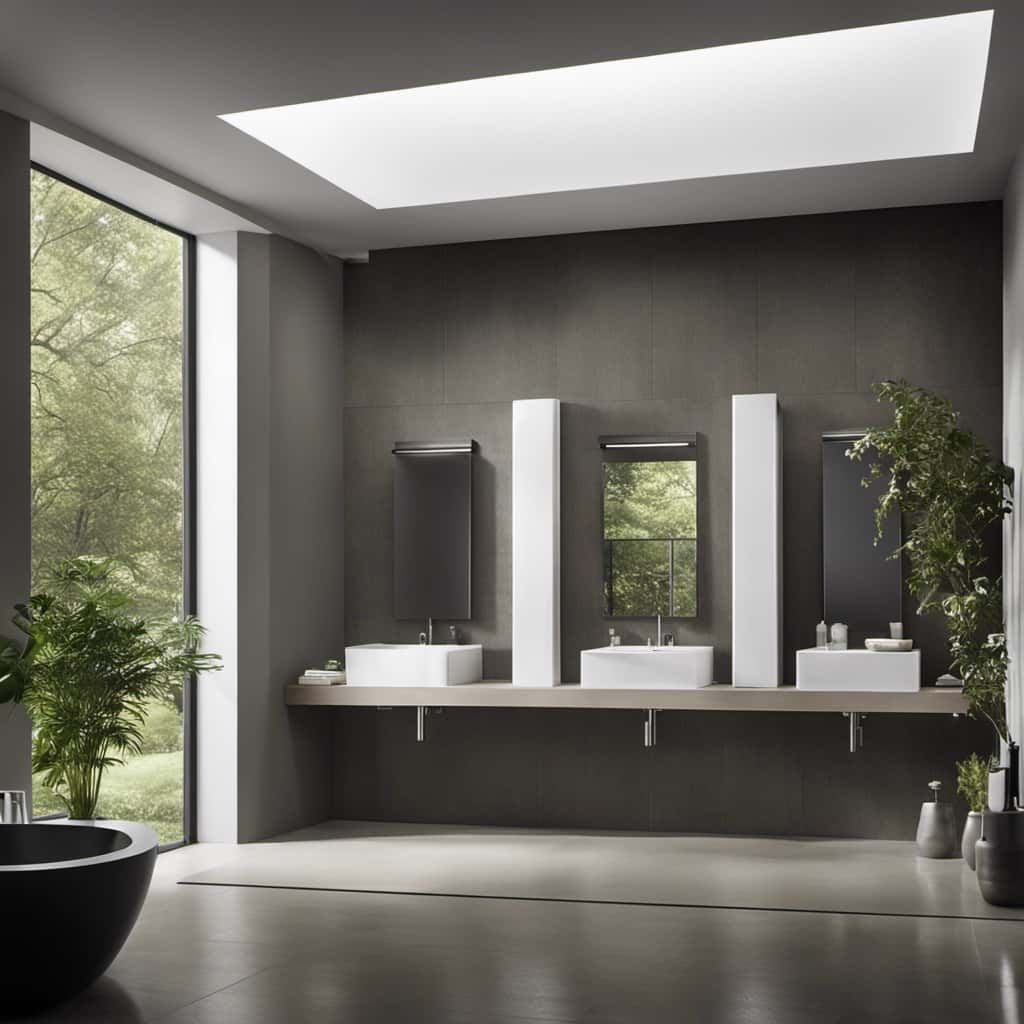
Repeating the process is particularly useful when dealing with stubborn clogs or if the toilet isn’t flushing properly due to low water levels.
Exploring alternative methods for water conservation in the bathroom, such as using a bucket of water to flush the toilet, can help reduce water consumption and contribute to environmental sustainability.
Frequently Asked Questions
How Much Water Should I Pour Into the Toilet Bowl When Using a Bucket?
When using a bucket to flush the toilet, pour enough water into the bowl to create a forceful flow, ensuring a proper flush. This alternative method of flushing is effective for toilet bowl cleaning.
Can I Use Any Type of Bucket to Flush the Toilet?
Yes, any sturdy bucket can be used to flush a toilet. However, it is important to consider the size and shape of the bucket for efficient water flow. Alternatives to using a bucket include using a plunger or calling a plumber.
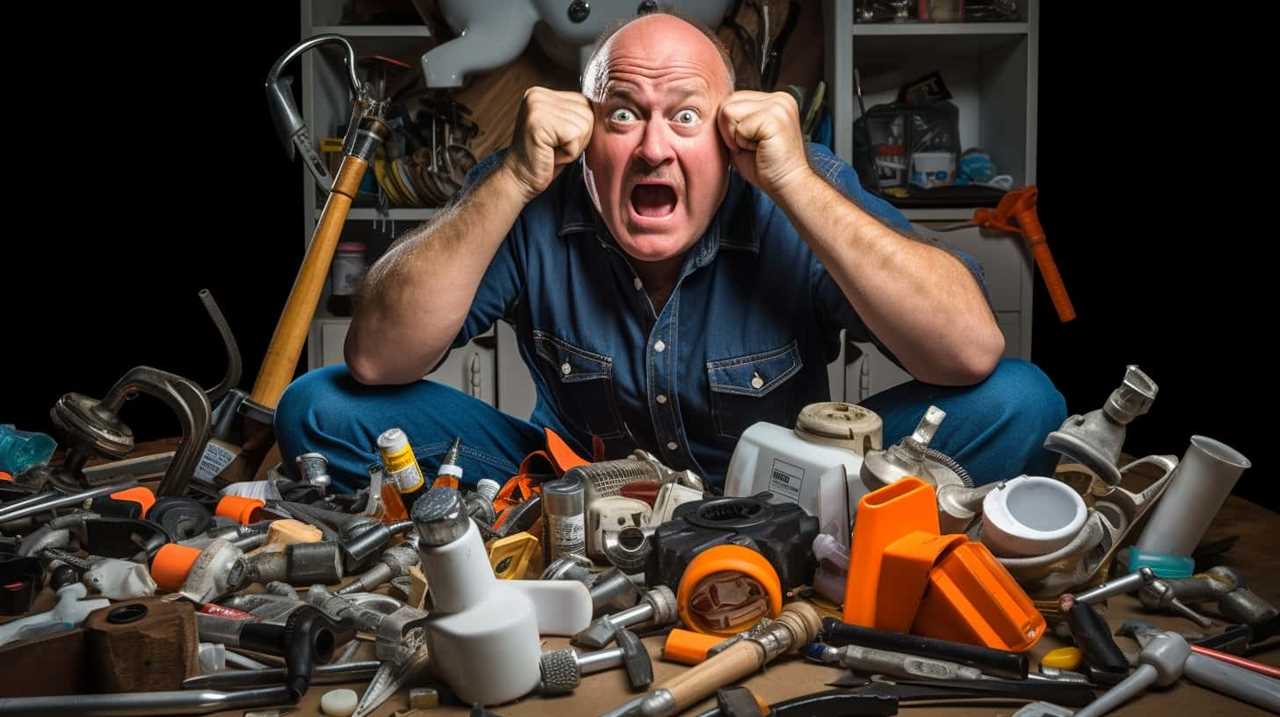
What Should I Do if the Water Level in the Bowl Does Not Decrease After Pouring in the Bucket of Water?
If the water level in the bowl doesn’t decrease after pouring in the bucket of water, there are alternative methods to try. Check the flapper, fill valve, and flush handle for issues. Troubleshooting tips can help resolve the problem.
Is There a Specific Technique or Angle at Which I Should Pour the Water Into the Toilet Bowl?
To achieve optimal results when using a bucket to flush a toilet, it is crucial to master the technique of pouring water. The angle at which the water is poured can greatly impact the effectiveness of the flush.
Can I Use a Plunger Before Pouring the Bucket of Water Into the Bowl if the Toilet Is Clogged?
Yes, using a plunger before pouring the bucket of water into the bowl is a common and effective method for unclogging a toilet. It can help dislodge the blockage and allow the water to flush properly.
Conclusion
In conclusion, flushing the toilet with a bucket of water is a simple and effective solution when faced with a broken or faulty toilet.
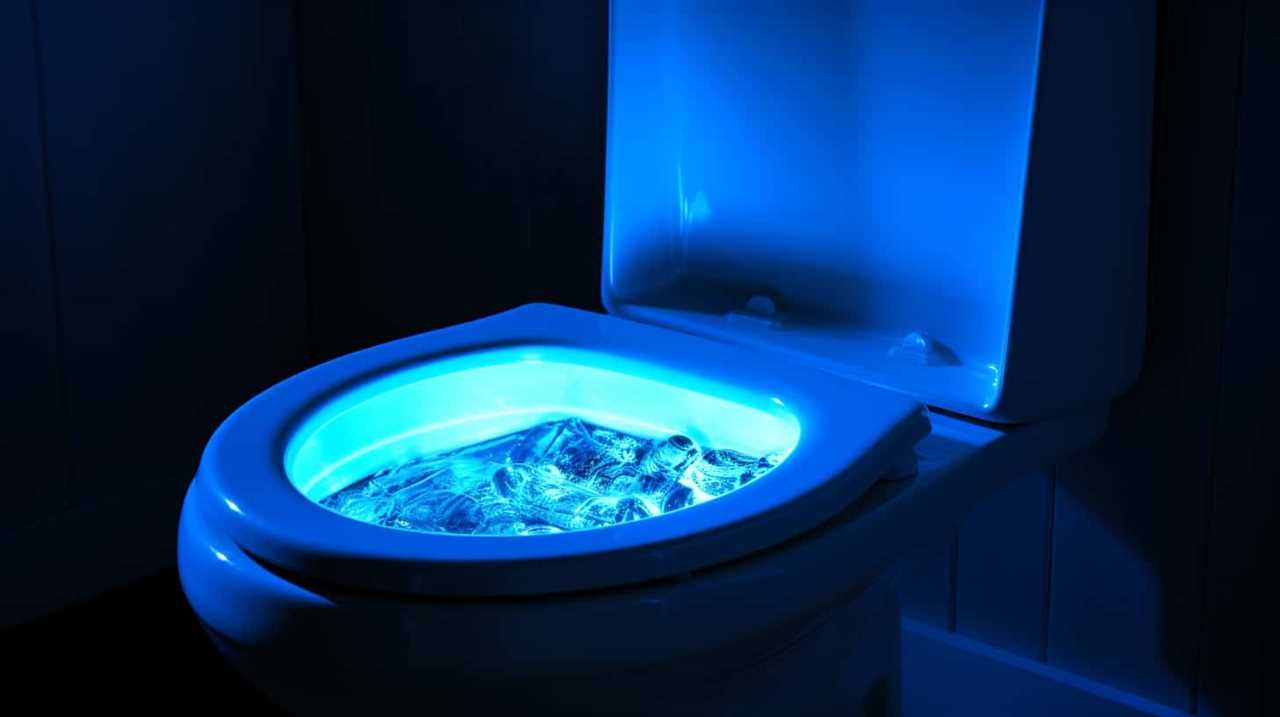
By following the steps outlined in this article, anyone can successfully flush the toilet using this alternative method.
With the sound of rushing water and the satisfaction of a clean and refreshed bathroom, this technique provides a practical and efficient solution to any toilet malfunction.
With an impeccable eye for detail and a passion for bathroom-related, Ava leads our editorial team gracefully and precisely.
Under her guidance, Best Modern Toilet has flourished as the go-to resource for modern bathroom enthusiasts. In her free time, you might find Ava exploring antique shops and looking for vintage bathroom fixtures to add to her collection.
-

 FAQ - Advanced Bathroom Queries3 months ago
FAQ - Advanced Bathroom Queries3 months agoWhat Happens if You Sit on the Toilet Too Long
-

 FAQ - Advanced Bathroom Queries3 months ago
FAQ - Advanced Bathroom Queries3 months agoWhy Is My Toilet so Loud When Refilling
-

 Guides3 months ago
Guides3 months agoTroubleshooting Dropping Water Level in Toilet Bowl: Causes and Solutions
-

 Toilet Brands3 months ago
Toilet Brands3 months agoCountries Where You Can’t Flush Toilet Paper
-

 Guides3 months ago
Guides3 months agoChoosing the Right Toilet Flange: A Comprehensive Guide
-

 Guides3 months ago
Guides3 months agoToilet Water Supply Line Sizes: Finding the Right Fit
-

 FAQ - Advanced Bathroom Queries3 months ago
FAQ - Advanced Bathroom Queries3 months agoWhat Happens When You Put Baking Soda in Your Toilet
-

 Guides3 months ago
Guides3 months agoHow to Remove Crystallized Urine From Toilet Bowl






















